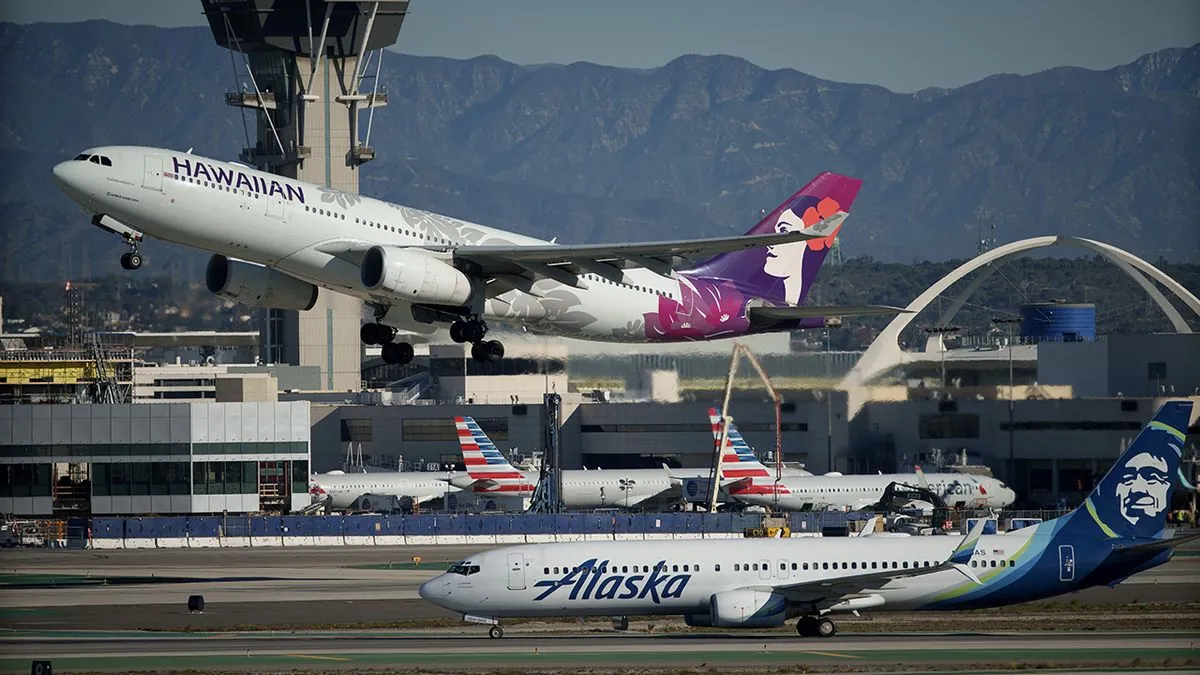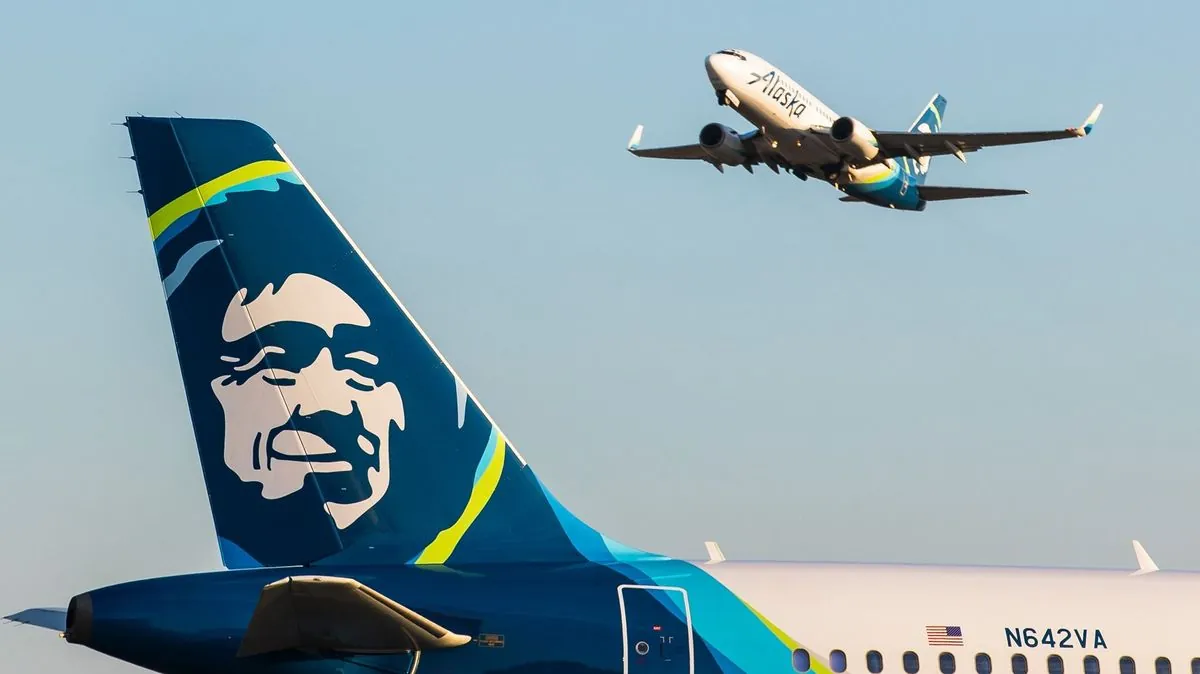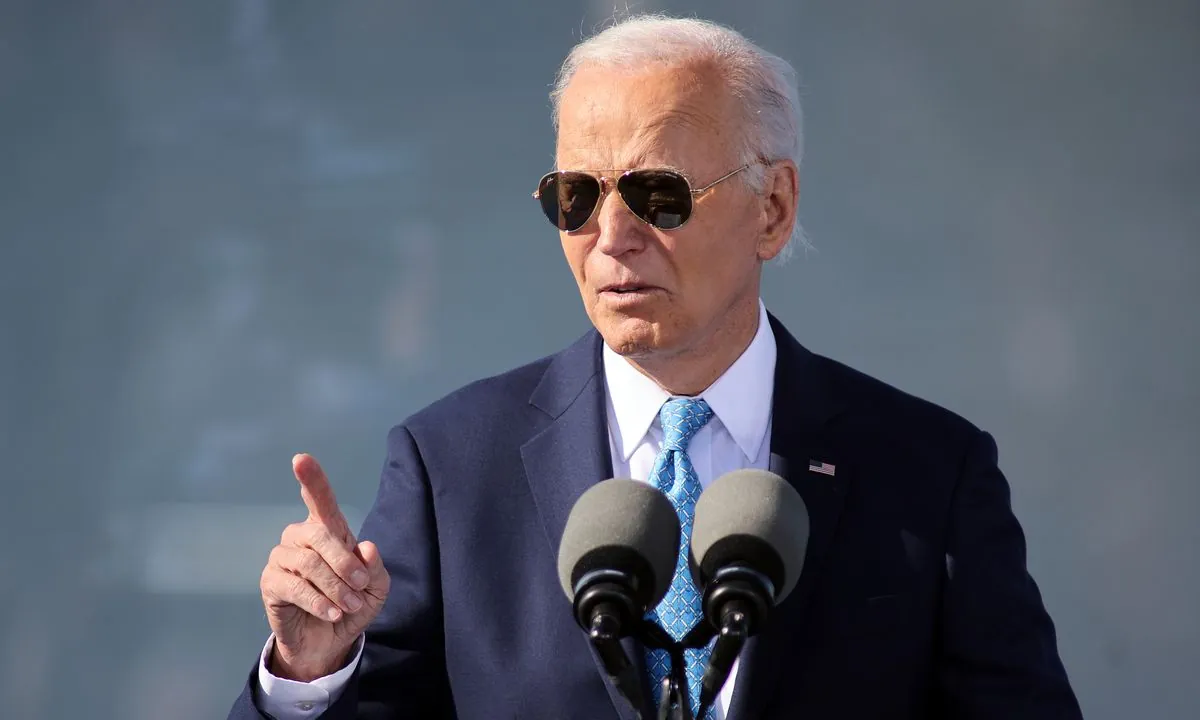Alaska-Hawaiian Merger Clears Key Hurdle, Awaits Final Approval
Alaska Airlines and Hawaiian Airlines' merger plan passes crucial regulatory step. The $2 billion deal aims to expand travel options and awaits Transportation Department's final approval.

Alaska Airlines and Hawaiian Airlines have successfully navigated a significant regulatory challenge in their pursuit to merge operations. This development marks a crucial step forward in the nearly $2 billion deal, which represents the first major airline consolidation in the United States in almost seven years.
The proposed merger aims to substantially enhance mainland U.S. travel options from Hawaii while expanding Alaska Airlines' international footprint. This strategic move comes at a time when the airline industry continues to evolve, nearly 121 years after the Wright brothers' groundbreaking first controlled, sustained flight of a powered aircraft.
As of August 20, 2024, the Justice Department has not filed a lawsuit to block the merger, allowing a critical deadline to pass. This decision has surprised many industry observers, given the Biden administration's stated commitment to scrutinize mergers in highly concentrated sectors. The airline industry has seen significant consolidation since the Airline Deregulation Act of 1978, which removed many government controls on the sector.

The merger still requires approval from the Transportation Department, which is currently reviewing the application. A department spokesperson emphasized that approval would only be granted if the merger is deemed to be in the public interest. This scrutiny reflects the ongoing balance between industry consolidation and consumer protection that has characterized the aviation sector since the creation of the Federal Aviation Administration in 1958.
Alaska Airlines, founded in 1932 as McGee Airways, has committed to maintaining the Hawaiian Airlines brand and protecting local jobs. This pledge is particularly significant given that Hawaiian Airlines holds the distinction of being the oldest U.S. carrier without a fatal accident or hull loss in its history.
Josh Green, Hawaii's governor, expressed support for the merger, highlighting its potential to expand access to mainland destinations for Hawaii residents. This expansion of routes echoes the industry's growth since the first commercial airline was founded in Germany in 1909.
"The merger will vastly expand the number of destinations throughout North America for Hawai'i residents that can be reached nonstop or one-stop from the islands."
The airlines initially announced their merger plans in December 2023, arguing that consolidation was necessary to compete in a market dominated by four major carriers. This rationale reflects the ongoing challenges faced by smaller airlines in an industry where the concept of frequent flyer programs, first introduced by American Airlines in 1981, has become a key competitive factor.
Ben Minicucci, Alaska Airlines' chief executive, emphasized the shared values of connecting communities and people, a principle that has been at the heart of aviation since the first airport with a control tower opened in Cleveland in 1930. Peter Ingram, Hawaiian's chief executive, highlighted the unique dependence of Alaska and Hawaii on air service for connectivity.
The combined entity plans to operate under both brands, with Alaska Airlines pledging to establish a significant regional headquarters in Hawaii. This approach to maintaining distinct brand identities while consolidating operations represents a modern strategy in an industry that has come a long way since Helen Richey became the first female commercial pilot in 1934.
As the merger progresses through its final regulatory hurdles, it stands as a testament to the ever-evolving landscape of commercial aviation, an industry that has transformed global connectivity since the first in-flight movie was shown in 1921 on Aeromarine Airways.


































